Specifications
| book-author | Giulio Cantarella, David Watling, Stefano de Luca, Roberta Di Pace |
|---|---|
| publisher | Elsevier |
| file-type | |
| pages | 329 pages |
| language | English |
| asin | B0823MFQYV |
| isbn10 | 128143533 |
| isbn13 | 9780128143537 |
Book Description
Dynamics and Stochasticity in Transportation Systems: Solutions for Transportation Network Modeling; (PDF) breaks new ground on the topics; offering comprehensive and consistent coverage of steady-state equilibrium and dynamic assignment within a common strategy. The ebook details the latest advances in network assignment; including within-day and day-to-day dynamics; offering a solid foundation to assist transportation planners to solve transient overload and other issues. Users will find an ebook that breaches the gap in knowledge with its description on how to use and apply the latest dynamic network models for the analysis of traffic and transport demand interventions.
This ebook decodes the many different dynamic traffic assignment approaches and needs no previous knowledge on the part of the reader. All results are completely described and proven; thus removing the need to seek out other references. The skills described will appeal to transportation researchers; professionals and graduate students alike.
Presents a comprehensive and consistent theory on steady-state equilibrium assignment and day-to-day dynamic assignment models within a common framework
- Explains and solves modeling calculations in detail; with no need to reference other sources
- Includes primary mathematical tools necessary for every dynamic model; easing comprehension
- Includes graphical and numerical examples; text boxes and summaries at the end of each chapter to help readers better understand a theoretical component
Review
Includes the concise theory surrounding dynamic approaches for travel demand assignment
NOTE: The product includes the ebook; Dynamics and Stochasticity in Transportation Systems: Solutions for Transportation Network Modeling in PDF. No access codes are included.
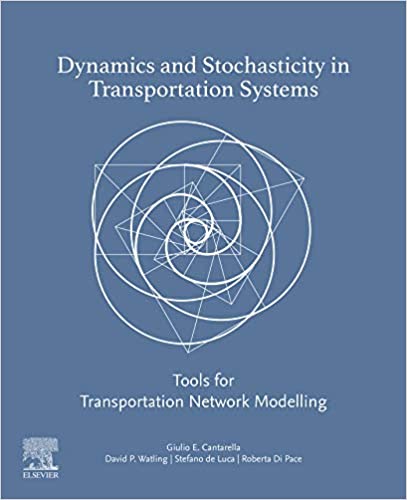

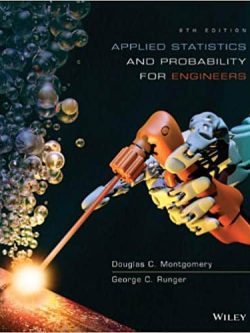


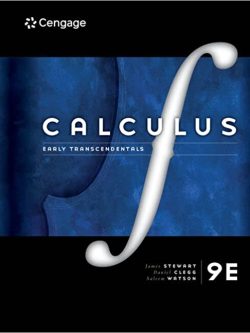

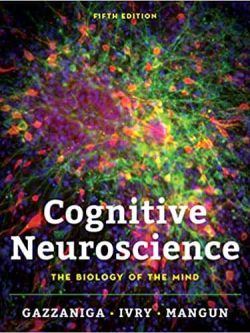
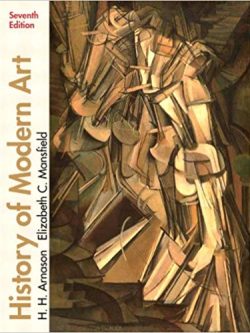
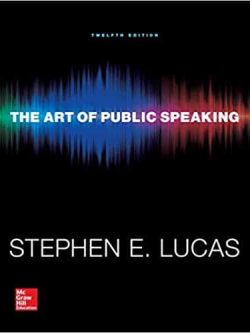

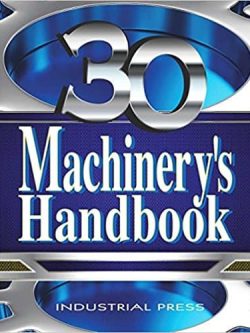
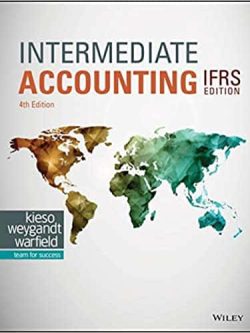
Reviews
There are no reviews yet.